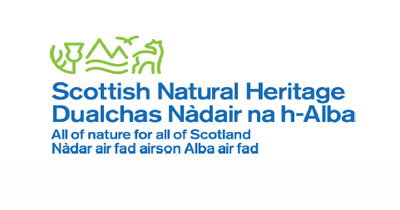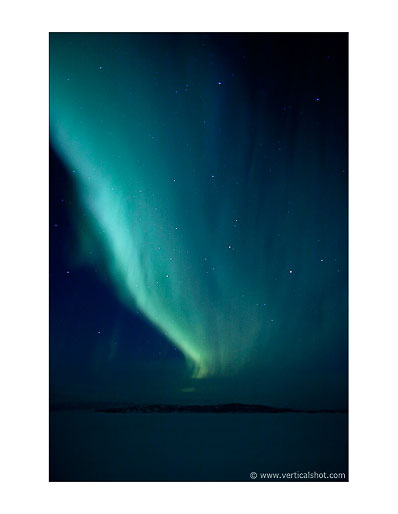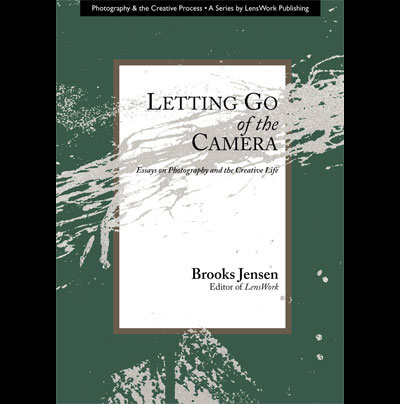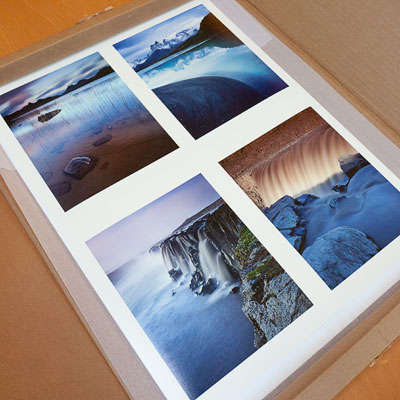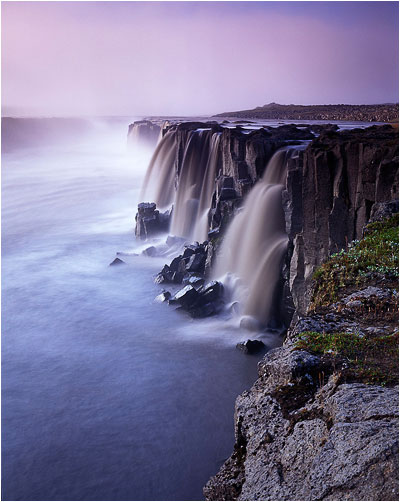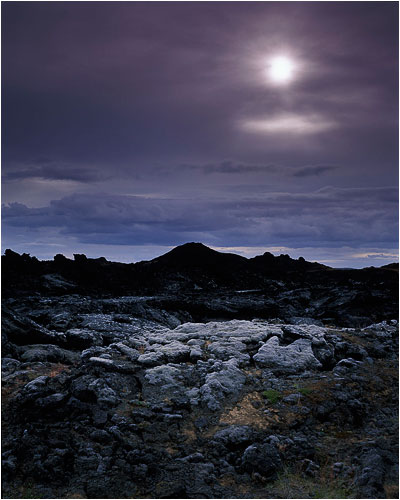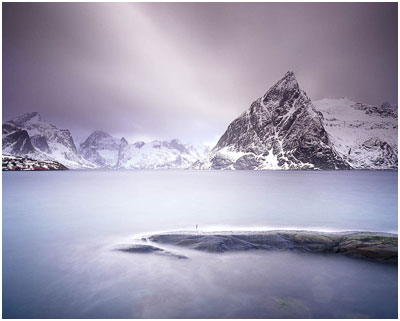This month seems to have been a bumper one for very nice emails from participants on my workshops.
I thought it would be nice to show you some of them as I think the images are rather lovely, and of course, the comments are very nice too.
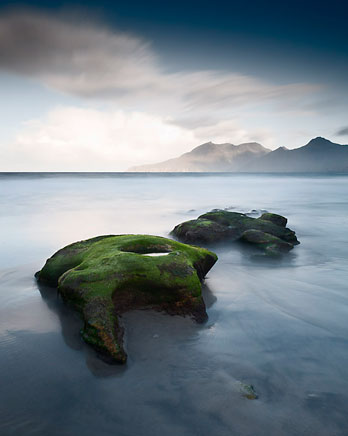
Bruce,
I enjoyed the course very much. For me the essence was “less is more”.
Trying to simplify the landscape to make a stronger picture.
With the right balance of theory and practice, I’m sure it will move my photography to the next level.
I included some pictures from the last morning. (Not quite had the time to edit them completely)
Thanks to everyone for the good company !
Regards,
Peter De Wilde
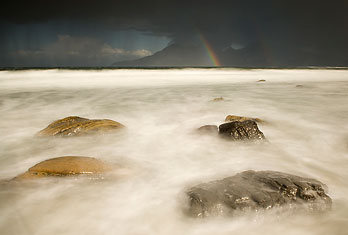
And many thanks to you Bruce for an eye opening few days.
I enjoyed and learnt from your critiques and will be spending probably even more time over my future photos as i try to put some of your composition ideas into action.
I enjoyed the whipping we got from the weather which may have been dire but gave us one or two exceptional moments (i spent at least one of them frantically wiping my lens....) the likes of which can only happen during dreadful weather! The food was fantastic, far beyond my expectations from Scotland (!) and went down better thanks to all those fun discussions we had at table. My bed was also very comfortable though i never spent very much time in it! It was great to meet all three of you and i hope you are all settling back into your post-Eigg lives. I also attach a photo from the last morning.....
All the best,
Duncan. (frae France)
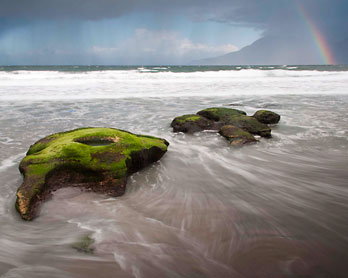
Hi Bruce
I really enjoyed the Eigg Trip last week. The content of the course was just what I was looking for, with the right balance of tuition / guidance and space to try out the techniques you taught us. I particularly enjoyed the feedback from the critique and post-production sessions and am looking forward to using the skills I've learned to (hopefully) simplify and make stronger images in the future.
Best regards
Niall
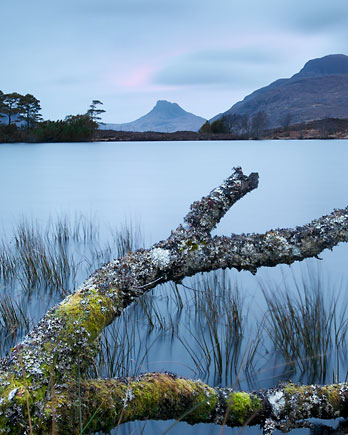
Hi Bruce,Thanks for the unforgettable experience of last month's Inverpolly workshop. It was everything I expected and more. You managed to have us use virtually every minute of that weekend in an enjoyable and instructive photographic experience.
One of my reasons for attending the workshop was my expectation that there are limitations to what you can learn from books and that you just need to be "out there" with someone guiding you. From the first hour in the field you proved that to be true.
Furthermore, despite of the busy schedule, you manage to create a relaxed and nice atmosphere in the group.
As you might remember, I stayed a few more days in Scotland after the workshop. I was glad you convinced me to stay in the area instead of traveling a lot. Basically, during the morning and evening hours I only revisited our workshop locations. Because you requested results ;-) I included some pictures of those sessions.
Your guidance in the field was excellent and the critique sessions were most useful with composition and photo editing guidelines, including some eye openers, like reconsidering aspect ratio. As said, thank you for everything you taught me, which is a lot. And since there is still even more to learn, you will probably see me in one of your 5 day workshops somewhere next year, together with a colleague who became enthusiastic when hearing about my experiences.
Regards,
Maurice Zelissen
--
Well, needless to say, that sort of feedback makes me feel very, very happy indeed, despite the fact that I don't get a chance to make any images myself during the workshops (well, sometimes i do - if the participants are engrossed in what they're doing and we're well into the week).
So I'm now getting ready to take a break from the workshops until the end of August and I have a few plans in order, so I can make some new images of my own. Running a workshop business is very satisfying, especially when you see people 'get' what you're trying to convey to them.
Still, I don't get much of a chance to work on my own images, so this summer I'm off to Iceland, Norway and then Switzerland in October. For the next few months, this is my time, to be creative and work on my own art. I'm looking forward to it, and I'm also looking forward to having rewarding experiences with future participants in my up-coming workshops this Autumn and Winter.
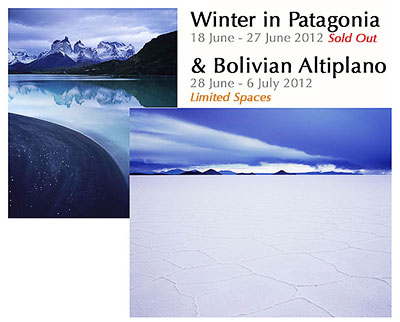 This Tuesday past, I announced to subscribers to my news letter, that I am running two Photographic Safaris in South America next year.
This Tuesday past, I announced to subscribers to my news letter, that I am running two Photographic Safaris in South America next year.
